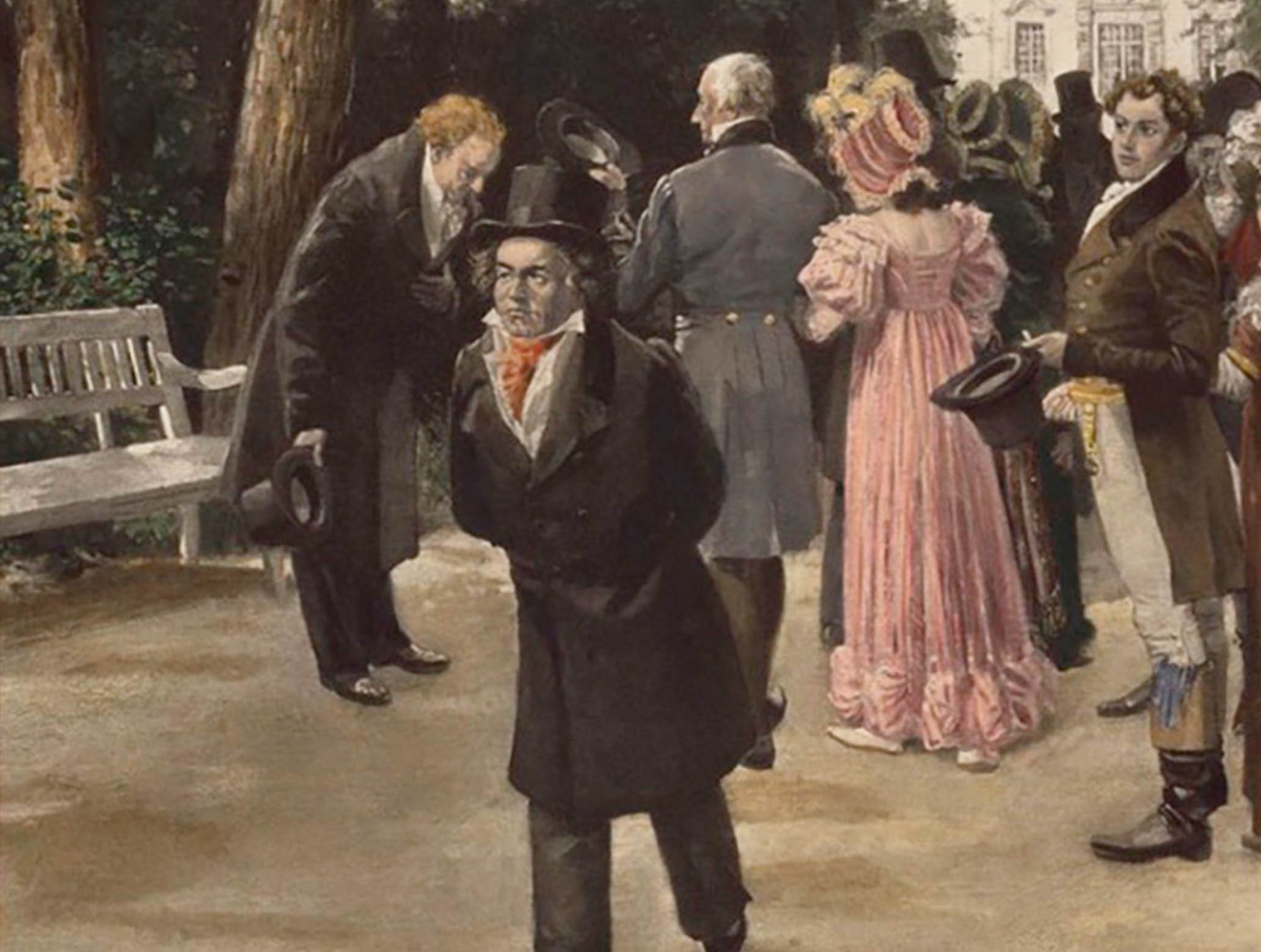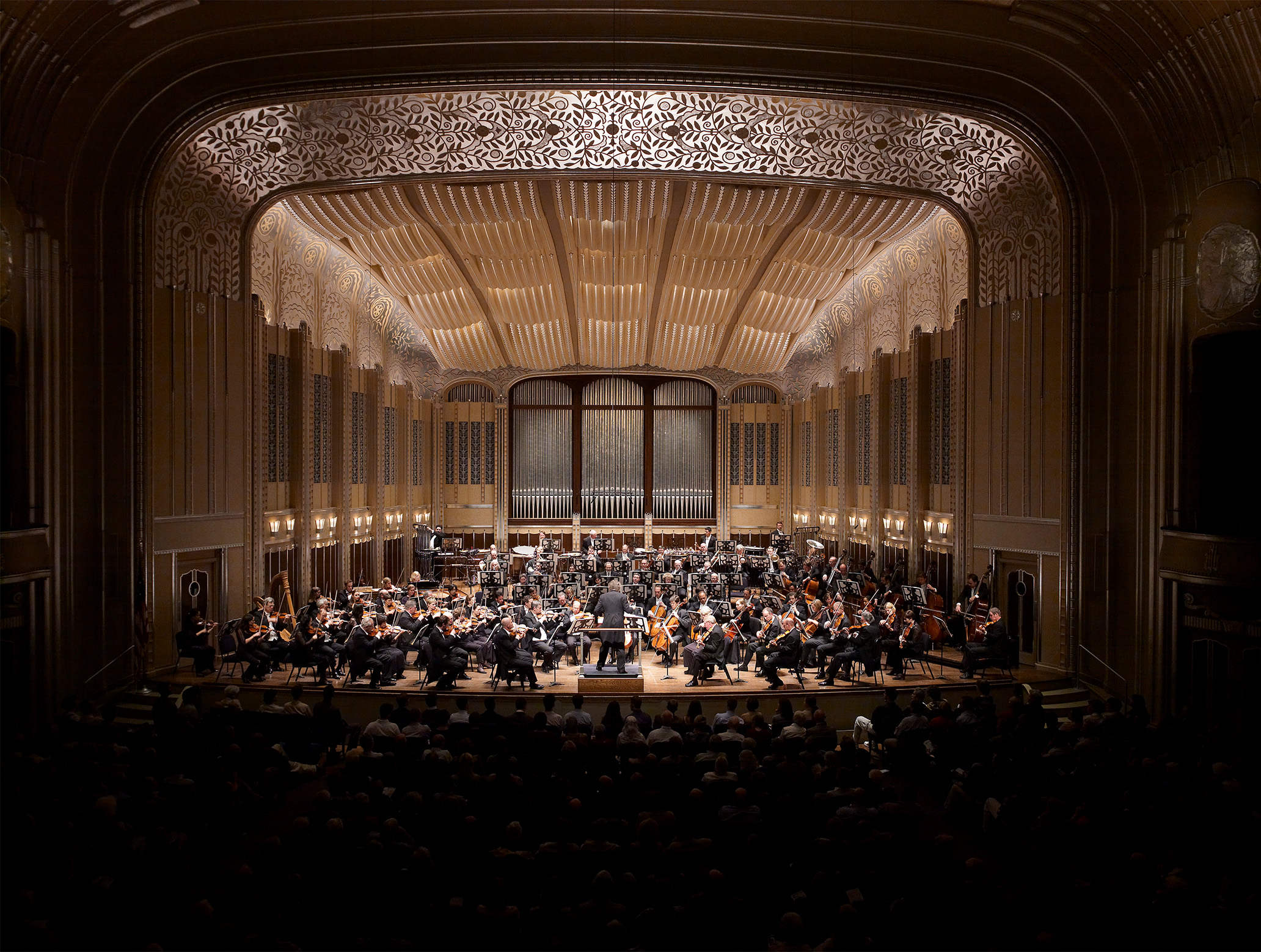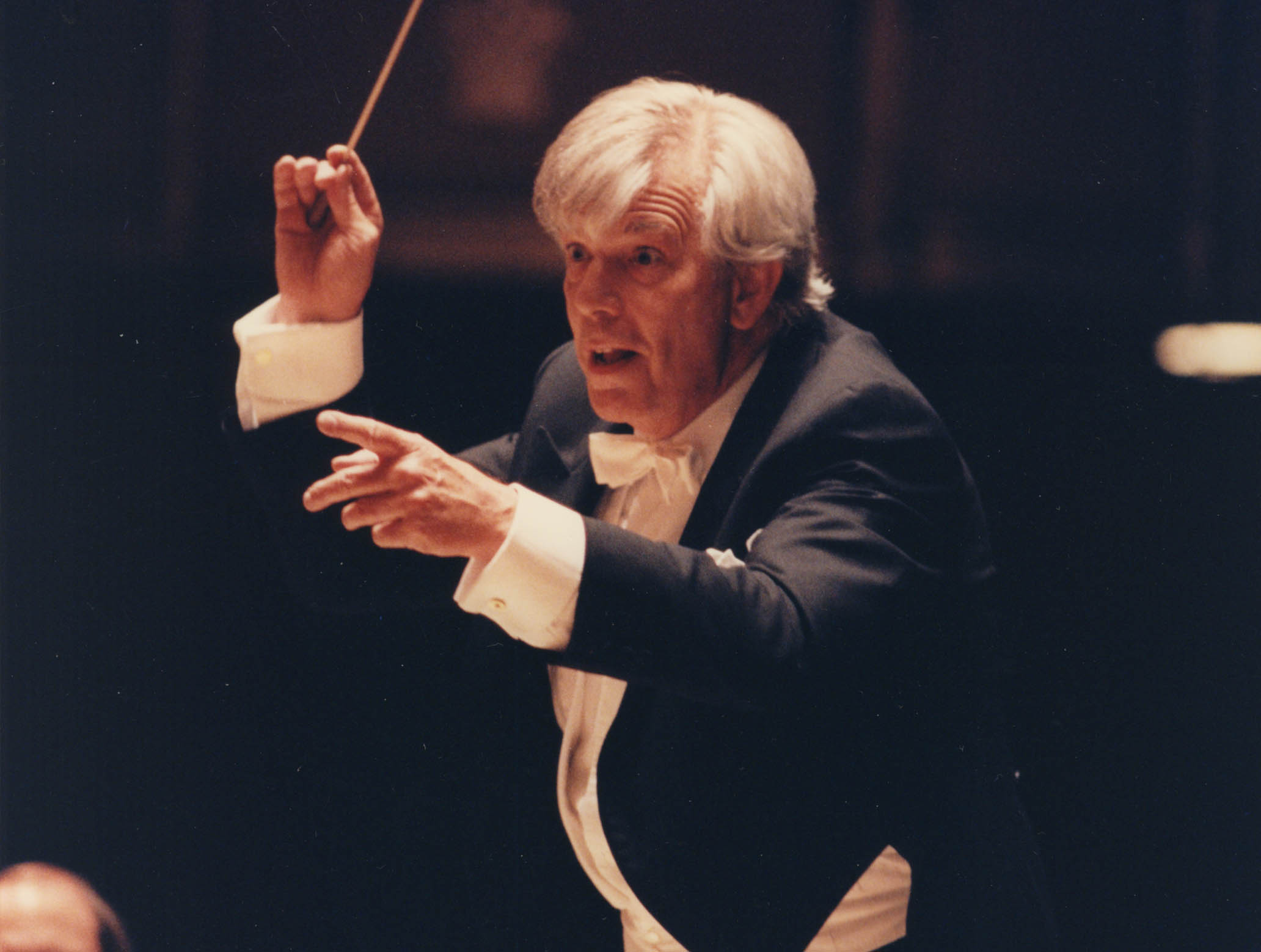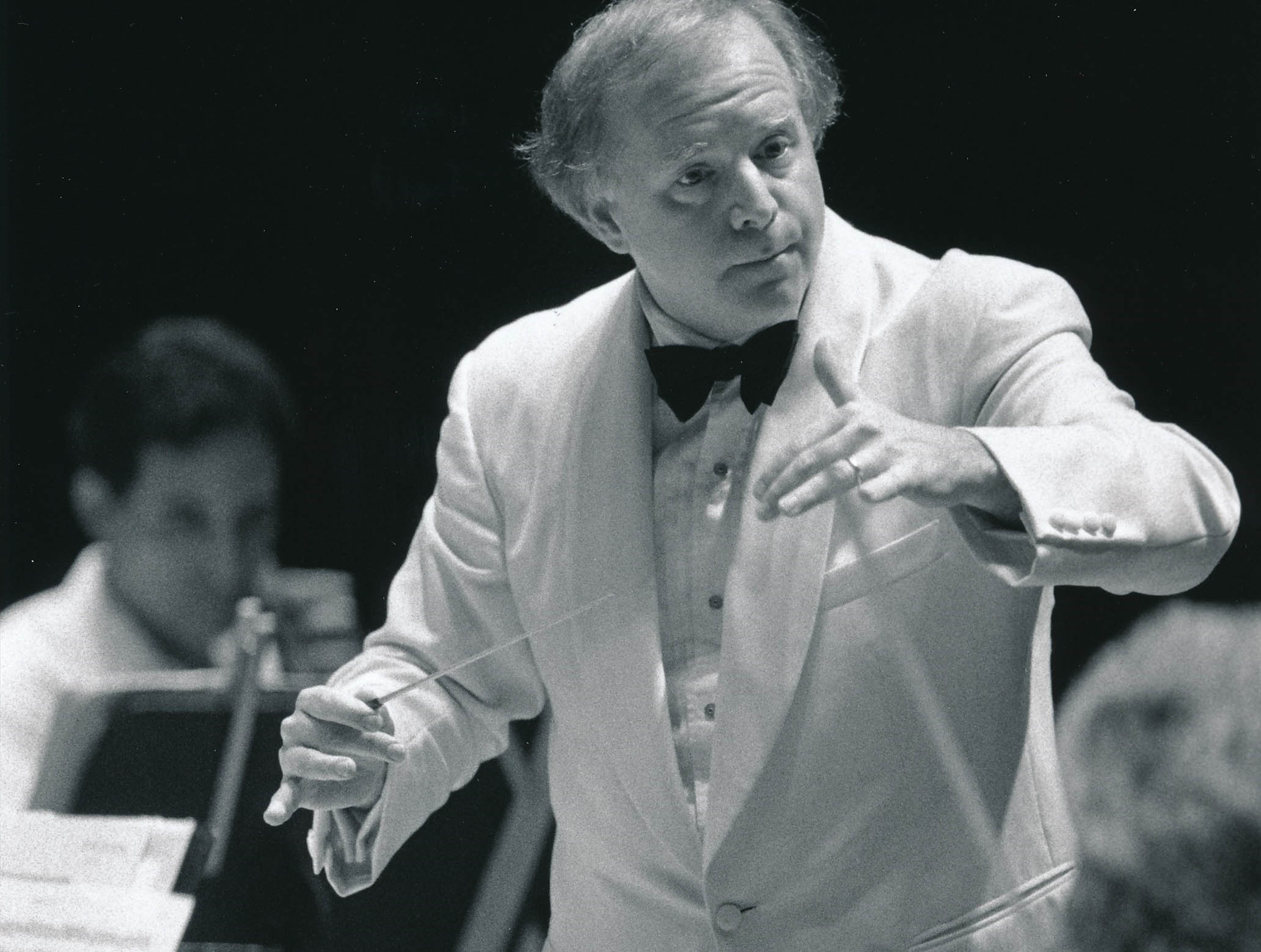
Moving from Life to Death and Back Again
Beethoven's Symphony No. 7 in A Major (1812)
By Alexander Lawler
“This symphony is the Apotheosis of Dance”
— Richard Wagner The Art-Work of the Future, 18491

Beethoven: Symphony No. 7, I. Poco sostenuto - Vivace
The Cleveland Orchestra, Franz Welser-Möst
Archival Recording: Severance Hall, October 6, 2007
This comment by Wagner, delivered as part of his historical rationale for his music dramas, has become inseparably connected to Beethoven’s Seventh Symphony. Although derived partly from Wagner’s belief that symphonies arose from dance music, he hits upon a very important aspect of Beethoven's seventh, one that ties the work to the Promethean metaphor: rhythm.
In the Seventh, Beethoven suffuses each movement with a unique and persistent rhythmic pattern, which he develops alongside melody and harmony through changes in duration, orchestration, and texture. As you heard in the audio example, the first movement’s long-short-long rhythm acts as a sort of primeval soil from which musical themes spring. Although such a use of rhythm was not unknown, no one previously had attempted anything akin to what Beethoven did in the Seventh. Beethoven’s opening the door of rhythm for a future composer might be akin to a painter discovering oil paint after only using watercolors: entirely new ways of representation become available.

Wagner’s appellation is only part of the symphony’s story, as Franz describes below: The symphony is broadly explores different kinds of movement, of which dance is only one. The second movement, one of Beethoven’s most famous pieces and encored at the symphony’s premiere, is centered on a solemn processional rhythm. This dirge-like rhythm becomes the bedrock for layers of new musical lines, the pressure of which eventually culminates in an enormous outpouring of emotion.
Beethoven did not have to give the second movement a tragic cast. That he did is significant; following on the heels of the joyous, dance-like first movement, this movement seems to reflect the opposite, with intimations of mortality. Like dance, a funeral procession has a rhythm of its own, and in this movement, the inexorable progress of its long-short-short-long-long rhythmic pattern can reflect the unstoppable march of time. That the first movement introduces an idea and the second movement introduces complication is not unique to this symphony: Beethoven does it in the Fourth Symphony as well.
Perhaps as an antidote to such a dark second movement, the remaining two movements return to the high spirits of the first. The third movement, a scherzo, is at turns bubbly and rustic, with a signature rhythm of long-short. In the trio sections, Beethoven reveals the rhythm’s connection to that of the first movement, helping bridge the distance created by the tragic second. The finale, in the words of Beethoven biographer Jan Swafford, “resembles a Scottish reel,”2 but also contains incredibly elaborate rhythmic transformations. Theorist Donald Tovey has analyzed how the opening seconds of the movement contain three different rhythmic patterns that Beethoven will develop.3 That the symphony moves both toward greater abandon while upping the rhythmic ante seems to offer an answer to the question posed by the first and second movements: If all movement must end, then one can and must still move — and live.

Beethoven: Symphony No. 7, III. Presto – Assai meno presto
The Cleveland Orchestra, Christoph von Dohnányi
Archival Recording: Royal Albert Hall, London, September 5, 1990

Beethoven: Symphony No. 7, IV. Allegro con brio
The Cleveland Orchestra, Leonard Slatkin
Archival Recording: Blossom Music Center, July 18, 1999
- 1 Richard Wagner’s Prose Works, Vol. 1: The Art-Work of the Future, translated by William Ashton Ellis (London: Kegan Paul, Trench, Trübner, 1895), 124.
- 2 Jan Swafford. Beethoven: Anguish and Triumph (Boston: Houghton Mifflin Harcourt, 2014), 617.
- 3 Donald Francis Tovey. Symphonies and Other Orchestral Works (Mineola, NY: Dover, 1981, 2015), 75-76.
- Alexander Lawler worked for the Orchestra’s Archives over three seasons while working on a Historical Musicology PhD at Case Western Reserve University. First writing the “From the Archives” online essays in the 2015/16 season, next designing a photo digitization and metadata project in the 2016/17 season and finally, in the 2017/18 centennial season with the Prometheus Project.
Essay & Audio Library

Beethoven: The Prometheus Connection
In 1812, Ludwig van Beethoven received a letter from a young pianist named Emilie M. Her letter, enclosed with a home-made embroidered pocketbook, expressed her fondness for, and appreciation of, his music.
Continue Reading
Overture to The Creatures of Prometheus
Perhaps the most overt example of Beethoven’s interaction with the idea of Prometheus was his only published ballet, The Creatures of Prometheus.
Continue Reading
Symphony No. 1
In the mainstream history of Beethoven, his early works are more classical in style, hewing close to Mozart and (especially) Haydn.
Continue Reading
Symphony No. 3
Beethoven’s Third Symphony, the Eroica, or “Heroic,” is one of the most influential pieces of music in history.
Continue Reading
Egmont Overture
Beethoven’s Egmont Overture is one of his many concert overtures depicting different kinds of heroic individuals.
Continue Reading
Symphony No. 4
Beethoven’s Fourth Symphony seems an anomaly compared to the heroic Third and the fateful Fifth.
Continue Reading
Symphony No. 7
In the Seventh, Beethoven suffuses each movement with a unique and persistent rhythmic pattern.
Continue Reading
Overture to Coriolan
Beethoven’s Overture to Coriolan is the only tragic piece in our Prometheus Festival. Indeed, in spite of the intense conflict that marks much of his music, Beethoven was something of an optimist.
Continue Reading
Symphony No. 5
Beethoven’s Fifth Symphony is so familiar to us now that it might be difficult to imagine it as shocking or difficult.
Coming Soon
Symphony No. 8
The Eighth Symphony generally has been regarded as the slightest of Beethoven’s mature symphonies because of its short length, lighter tone, and frequent return to the musical styles and forms of the eighteenth century.
Coming Soon
Leonora Overture No. 3
Fidelio (1805), Beethoven’s only opera, is a celebration of freedom. In the opera, Florestan has been imprisoned by the tyrant Don Pizarro.
Coming Soon
Symphony No. 9
Beethoven’s Ninth Symphony stands as the culmination of Beethoven’s twenty-four-year career as a composer of symphonies.
Continue Readingf
Symphony No. 2
Beethoven first realized he was becoming deaf in the summer of 1798, at age twenty-seven. After an initial episode of total deafness, Beethoven found that his hearing had become filled with an unending “maddening chorus of squealing, buzzing, and humming.”
Coming Soon